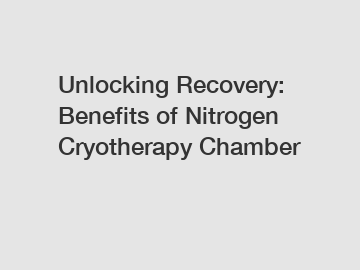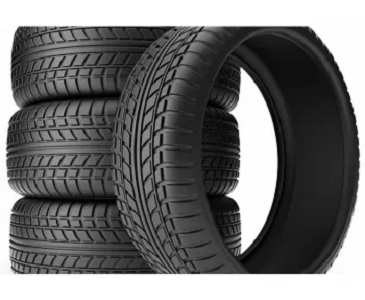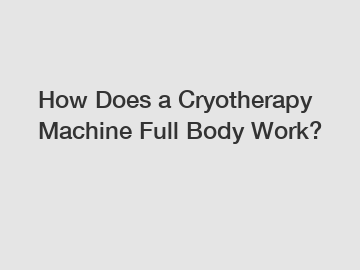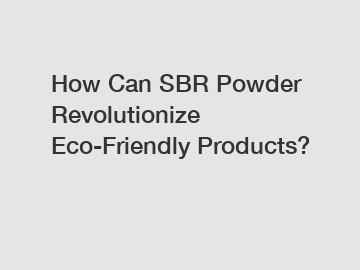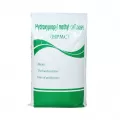HPMC vs. Traditional Thickeners: Revolutionizing Paint Formulations
When it comes to formulating paints, achieving the right texture and consistency is crucial. Traditionally, thickening agents like starches, clays, or natural gums have played a vital role in this process. However, as the paint industry evolves, Hydroxypropyl Methylcellulose (HPMC) is emerging as a game-changer. It offers a range of advantages over conventional thickeners that can significantly enhance the performance and versatility of paint formulations.
What sets HPMC apart? First, it offers superb viscosity control. Unlike traditional thickeners, which can create a heavy or overly floppy feel in the paint, HPMC provides a smoother, more consistent texture. This is especially important for manufacturers aiming for that perfect brush or roller application. With HPMC, formulators can achieve a level of control that results in better flow and leveling, which translates to a superior finish on the wall.
Another significant advantage of HPMC is its ability to work effectively in various formulations. Traditional thickeners often have specific compatibility requirements and can interact negatively with other ingredients, leading to undesirable effects such as clumping or phase separation. HPMC, however, is versatile and can be used in water-based, solvent-based, and even thickened emulsions. This flexibility makes HPMC a preferred choice for formulators looking to innovate and experiment without the fear of compromising the overall stability of their products.
Moreover, HPMC exhibits excellent spattering resistance, an essential characteristic for paints that are designed for exterior applications. This property minimizes the risk of paint splatter during application, creating a cleaner work environment. Traditional thickeners often lack this feature, making HPMC a more appealing option for professional painters and DIY enthusiasts alike.
Environmental sustainability is another pressing concern in today’s manufacturing landscape. Many traditional thickeners are derived from non-renewable resources, presenting challenges in sustainability commitments. In contrast, HPMC is sourced from cellulose, a renewable resource derived from wood pulp. This makes HPMC not just a high-performance option but also aligns with the growing demand for eco-friendly products in the paint industry. Formulators can proudly claim their products are more sustainable while still delivering high performance.
Let’s talk about ease of use. One common complaint regarding traditional thickeners is the difficulty of incorporating them into the formulation process. The binding or clumping can lead to inconsistencies, requiring additional steps and time to achieve a uniform mix. HPMC breaks down easily in water, allowing for simple, hassle-free integration into the paint formulation. This feature can dramatically reduce production times and costs, elevating HPMC above traditional thickeners in terms of operational efficiency.
Related links:What is HPMC for Paint and Its Benefits?
Are Cryo Chambers the Solution for Your Chronic Pain Relief?
Is Tetramethyltetravinylcyclotetrasiloxane Hazardous to Your Health?
How to Use Magnesium Sulfate Powder Effectively?
Unlocking CAS 6303 21 5 ODM: A Complete Guide
6-Amino-1,3-Dimethylpyrimidine-2,4-Dione vs. Other Nucleic Acid Analogues
Cryotherapy Machine Full Body vs. Localized Treatment: Which is Better?
Cost-effectiveness is another beneficial aspect that might tip the scale in favor of HPMC. While it’s true that premium ingredients often come with a higher upfront cost, HPMC’s advantages can lead to savings down the line. Its compatibility with a range of other materials can reduce waste, and the efficiency it brings to the formulation process can mitigate labor costs. For companies looking to optimize their formulation without sacrificing quality, HPMC represents a smart investment.
Beyond just its functional properties, HPMC offers unparalleled performance in various paint applications. Its film-forming capabilities are noteworthy, creating a durable surface that enhances adhesion and reduces the risk of peeling over time. This is particularly vital in high-traffic areas or harsher climates, where longevity is a significant concern. Unlike many traditional thickeners, HPMC enhances the paint's ability to withstand environmental stressors, promising a long-lasting finish that continues to look great for years.
For formulators who value post-application performance, HPMC brings another bonus to the table: improved washability. Paints thickened with HPMC not only resist dirt and grime buildup but are also easier to clean. As we continue to trend towards homes that prioritize functionality—a home that looks great but is also easy to maintain—HPMC facilitates this aim beautifully. In contrast, traditional thickeners often fail to provide the same level of cleanliness and durability.
So, how do formulators navigate the options available today? The choice between HPMC and traditional thickeners should not be taken lightly. With HPMC, they gain access to an ingredient that optimizes texture, enhances compatibility, and supports eco-friendly initiatives. Furthermore, it streamlines the manufacturing process while yielding impressive performance in real-world applications.
In conclusion, HPMC is revolutionizing how we look at paint formulations. Its myriad advantages over traditional thickeners present an opportunity for manufacturers to innovate and elevate their products to meet the demands of an ever-evolving market. As the industry shifts toward smarter, more sustainable choices, it seems clear: HPMC is not just a trend—it's the future of paint thickening, offering a path to quality, efficiency, and eco-consciousness that simply cannot be overlooked.
The company is the world’s best HPMC for Paint, OEM hydroxypropyl starch ether factory, OEM hydroxypropyl starch ether manufacturer supplier. We are your one-stop shop for all needs. Our staff are highly-specialized and will help you find the product you need.
Related links:Unlocking Tetraethyl Orthosilicate: Benefits & Applications
Benefits of SBR Latex in Artificial Turf: What You Need to Know!
Why choose Magnesium Oxide for tire production?
What are the key applications of CAS 20320-59-6?
Is a Home Red Light Therapy Chamber Worth the Investment?
What are the key applications of Silanes?
Is Styrene Butadiene Rubber Powder the Solution to Your Performance Issues?



